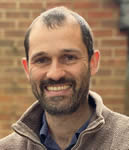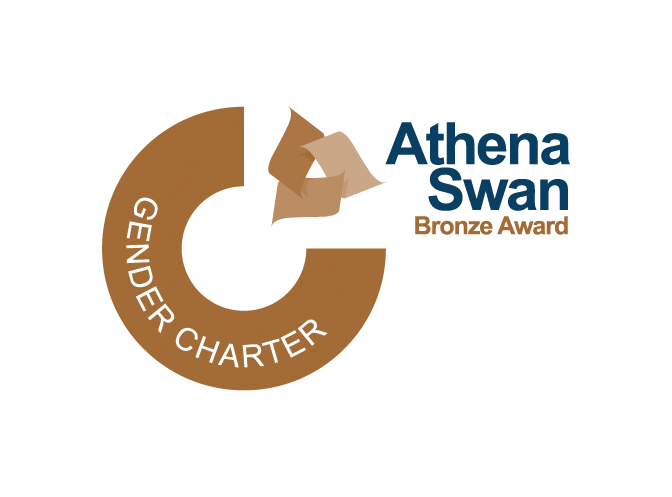Citizen Science
Treezilla: the Monster Map of Trees
Treezilla is a citizen science project involving participation from members of the public, local authorities, business, local groups and other organisations. Working cooperatively, they map, measure and monitor trees across the United Kingdom and Republic of Ireland.
Trees are extremely important features of our natural and urban environments. Among other things, they provide homes for other wildlife, improve the look and feel of our surroundings, store carbon dioxide, keep towns and cities cool and remove pollution from the air.
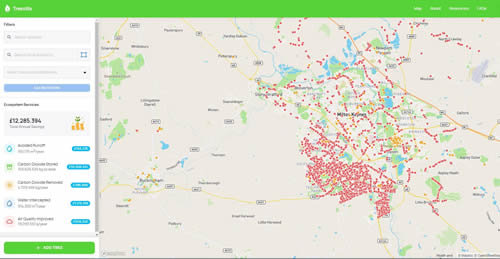
It is vital that we look after our trees properly but to do that we need to know which species and varieties are planted where, how many there are, and what condition they are in. At present, the information that we have about trees in the UK is quite limited, particularly in urban areas, and very little of it is available to the public to view in an easy-to-understand way.
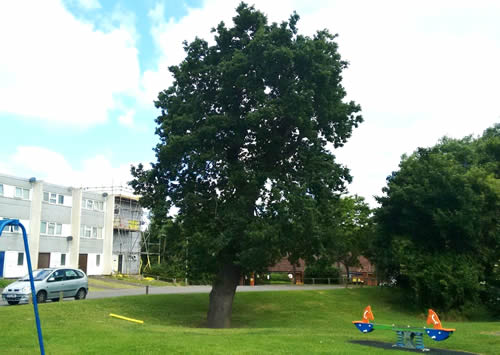
Treezilla’s mission is to improve our understanding of trees and their benefits by bringing people and organisations together to work together mapping, measuring and monitoring our trees. This information can also help us quantify some of the many values of trees in towns and cities.
Ultimately, these data will be used by scientists and environmental managers to improve our understanding of trees and help us look after them better.
Treezilla is free for anyone to join and contribute data. You can access the site at treezilla.org.
If you have any questions or want to find out more please contact Phil Wheeler.
Annual snake’s-head fritillary count
Staff in our Floodplain Meadows Team organise an annual snake’s-head fritillary, supported by citizens, to reveal new insights for plant ecology.
A huge diversity of flowering plants occur in floodplain meadows. One of the best known is the snake’s-head fritillary (Fritillaria meleagris), a beautiful species found wild on just a handful of meadows in England.
North Meadow National Nature Reserve in Wiltshire holds the UK’s largest population of these stunning wildflowers and the Floodplain Meadows Partnership, along with Natural England and volunteers, has been recording the changes in the population structure of snake’s-head fritillary on North Meadow since 1999.
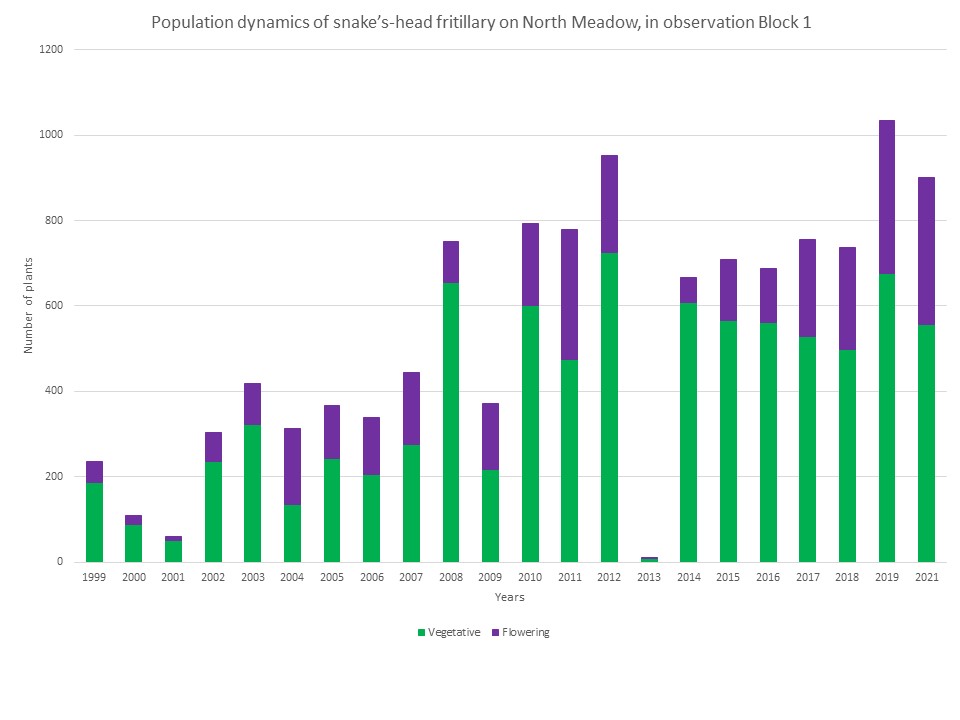
The survey consists of an annual count, which takes place at the time of peak flowering in mid-April. We use fixed-point quadrats to sample the population of fritillaries in two hundred 1 x 1 m2 samples each year. The count has revealed a relationship between the number of plants and the degree of flooding in the previous year. For example, in 2012, the meadow was underwater almost continually for ten months and the following year, only five plants were found. In 2014 plant numbers totalled over 1000 across the 200 sampled locations, with more vegetative plants compared to flowering plants.
This demonstrates that the species responds to extreme conditions with a period of dormancy.
These data are being used to inform the management of North Meadow and other floodplain meadows across the country.
We rely on volunteers to help count these flowers. If you would like to help out or to find out more, please visit floodplainmeadows.org.uk/about-meadows/wildlife/snakeshead-fritillaries.
If you have any questions or want to find out more please contact Emma Rothero.
iSpot: share nature
iSpot is a website aimed at helping anyone identify anything in nature. Citizen scientists upload their observations of wildlife, help each other identify it, and share and discuss what they've seen.
On the site you can:
- Explore - Browse the thousands of species spotted so far.
- Record - Submit your observation, try to identify it, and the community will help.
- Indentify - Engage in discussions, help others identify and build your iSpot reputation.
- Learn - Take quizzes, join online courses, use identification keys and create projects.

If you would like to help out or to find out more, please visit iSpot: share nature.
If you have any questions or want to find out more please contact Janice Ansine.
News
Celebrating Graduation in Manchester
On 22 November Professors Clare Warren, Mark Brandon and Richard Holliman, and Dr Barbara Kunz travelled to Manchester for an OU Graduation Ceremony.
EEES researcher to lead £800k project to improve global climate change predictions
An EEES researcher is leading a new Natural Environmental Research Council-funded project to improve our ability to predict climate change using cutting-edge analysis of fossilised algae molecules.



